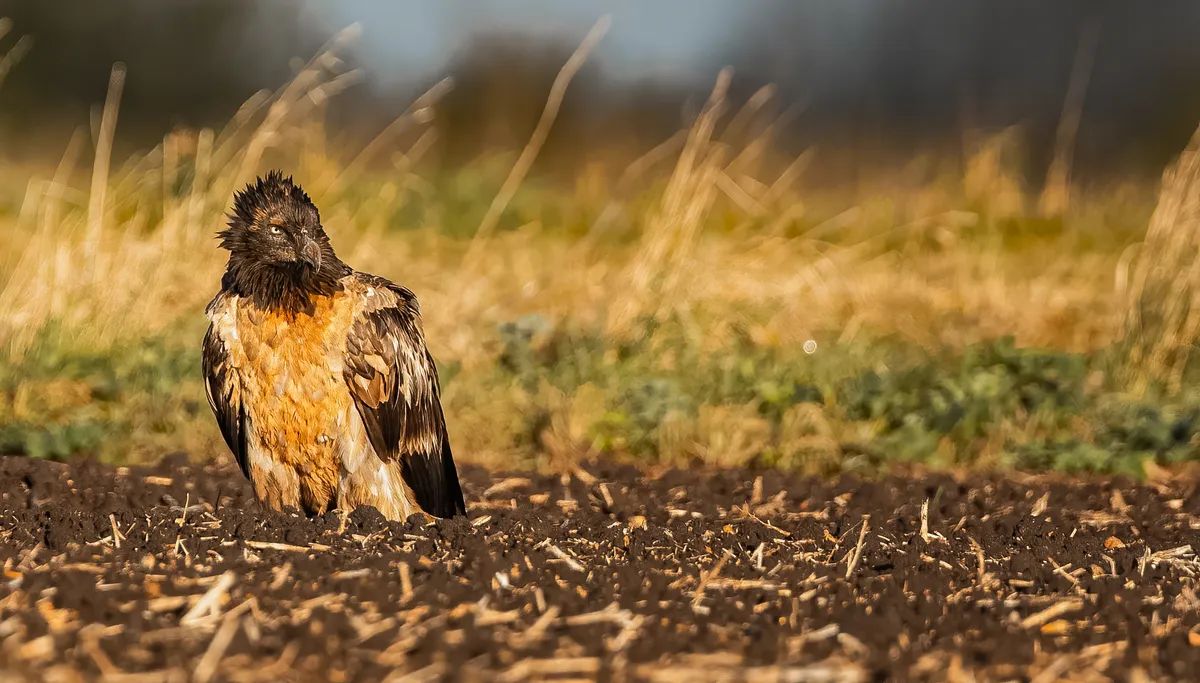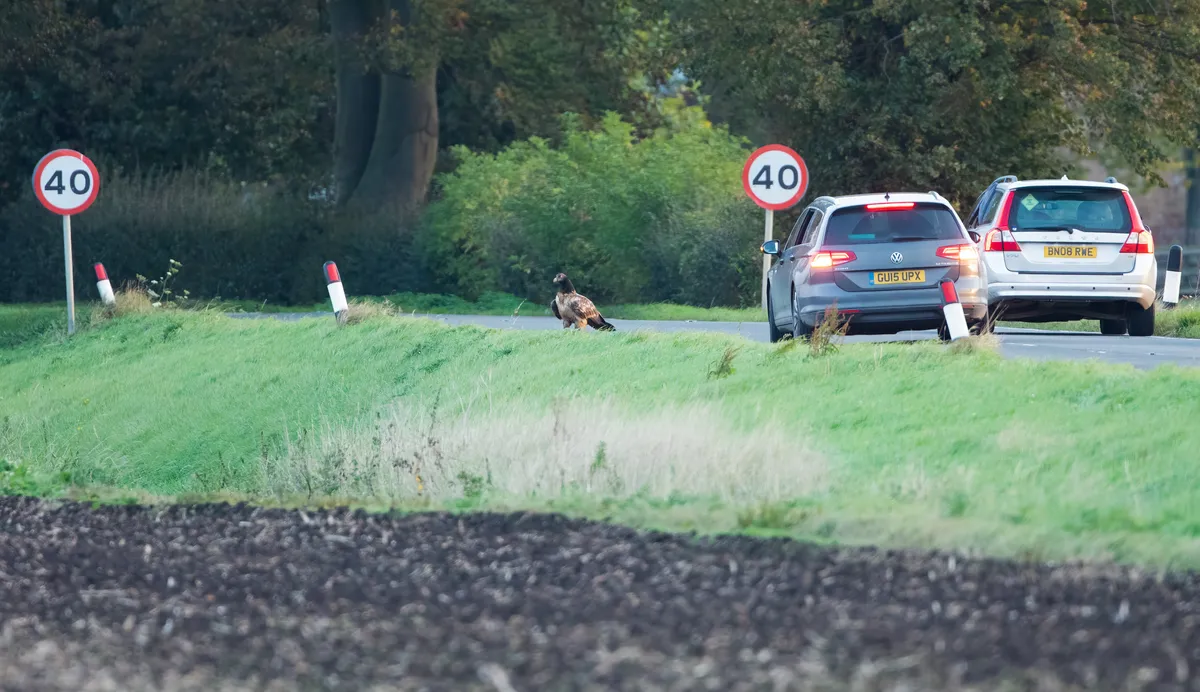Seen by hundreds of birdwatchers and nature lovers, and reported on by news organisations, the bearded vulture has caused quite a stir after its arrival in the UK earlier this year.
A major part of the speculation has been focussed on where the bird, dubbed ‘Vigo’ came from, but with no ring, tag or markings, experts have been unable to confirm this.
However, a local Yorkshire birder David Ball found two small feathers whilst it was in the Peak District, and genetic analysis by Pro Bartgeier determined that ‘Vigo’ comes from the French Alps, and is a female bird that hatched last year (2019) in a wild nest.

"The VCF and partners have been releasing captive-bred bearded vultures in the Alps since 1986, to bring back the species to the region after it was hunted and poisoned to extinction," states José Tavares, director of the Vulture Conservation Foundation (VCF). “Today there are 60+ breeding pairs, in what is considered one of the greatest wildlife comeback stories of our times.”
It was possible to analyse the genetics of ‘Vigo’ as extensive genetic data had been collected as part of the comprehensive monitoring done by local organizations in the Alps like Asters, Conservatoire d'espaces naturels de Haute-Savoie within the reintroduction project, and that includes collecting feathers at the base of used nests, an initiative coordinated by Stiftung Pro Bartgeier and the VCF.

‘Vigo’ was first spotted in June, spending much of the summer and early autumn in the Peak District before heading south in September and spending some time in Norfolk, followed by a couple of days in the Lincolnshire Fens, before heading south again to Bedfordshire.
Young bearded vultures are often vagrant, and spend a few weeks or months away before returning home.
“It was a once in a lifetime chance to see the magnificent bearded vulture that spent the whole summer in the Peak District in England. It brought a lot of joy to the tens of thousands of people who saw it and attracted a lot of attention from across the whole of the UK,” says Tim Birch, Director of Nature’s Recovery at Derbyshire Wildlife Trust.
“Many people really developed a strong bond to this bird, which has been so uplifting in these difficult times with the Covid19 pandemic. It has given everyone a glimpse of what a wilder future could look like if we help nature’s recovery where more amazing wildlife can be seen by more people particularly in our National Parks. Its presence in the Peak District also enabled a spotlight to be shone on the serious ongoing problems with illegal persecution of birds of prey within our National Parks.”
